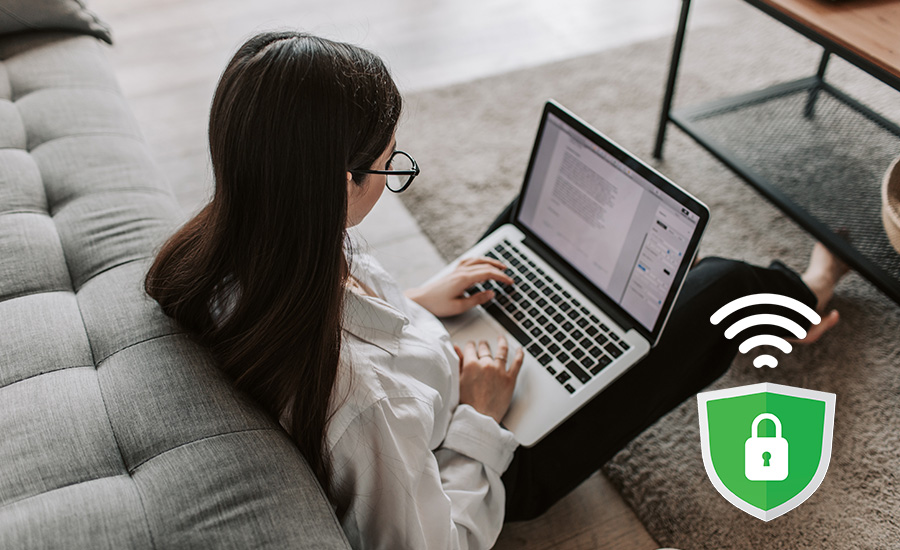
Some Basic Steps To Keep Your Home Network Secure
Despite being over a billion in population, a very small percentage of people consider securing their internet connection. Only a few take actions to secure their home or office network.
A majority of us use a broadband connection at home, and though it might seem tough, it is very simple to secure it. If your connection is not secure, you are only inviting trouble your way. In this blog, we will discuss some basic steps to keep your home/office network secure.
Enable network encryption
Almost all the wireless routers that are available in the market come with the latest security features and an encryption key. It is recommended to configure the security settings of your router by logging into its web-interface and turning on the security encryption feature to secure your network from hackers. One of the most effective and advanced encryption standards is WPA2-PSK standard.
Change passwords often
Anyone with some basic technical know-how can hack your wireless network. And in order to prevent these unauthorized people from accessing your Wi-Fi, it is suggested that you change the network name and password of your router often. A secure wireless network password should include letters, numbers, and symbols. Also, make it as long as possible. Short passwords are easy whereas longer ones are hard to crack. If you are looking to change the default router login password, log into the admin panel of your router.
Upgrade router firmware
Firmware is a set of coded instructions that define the functionality of your wireless router. Make it a point to regularly check for the latest version of the firmware. Upgrading router firmware regularly allows you to enjoy the latest security patches, performance enhancements, and safety updates. If you don't upgrade the router firmware, you may face issues while accessing the internet.
Enable MAC filtering
If you have a fixed number of Wi-Fi enabled devices that are connected to the wireless network, it is best to enable MAC filtering. By doing so, you are allowing a specific MAC address to connect to the wireless network. MAC addresses which are not specified in the router’s database would not be able to connect to the Wi-Fi. This prevents hackers from hacking your wireless network.
Use firewall protection
A majority of routers have built-in firewalls, but they are turned off by-default. Make sure to turn on and enable the firewall on your Wi-Fi router. In rarest of the rarest cases, your router doesn’t have a firewall, try installing one to prevent it against malicious attacks.
The final word
Just having a router password is not enough to prevent your home network from hackers. Make sure you follow the measure discussed above to keep your network safe. I hope this information helps you in securing your home/office network.
